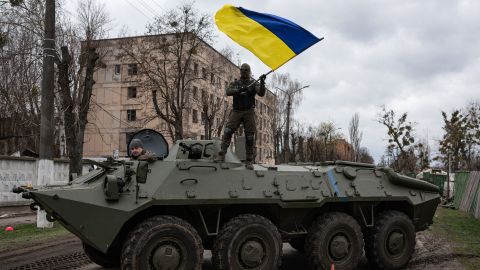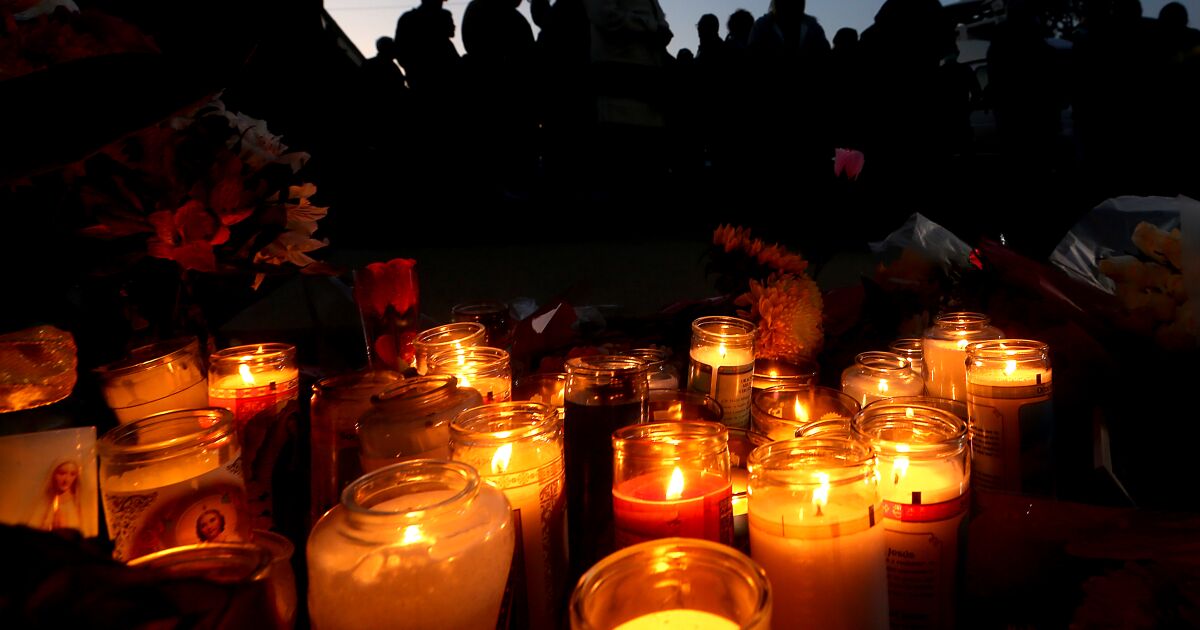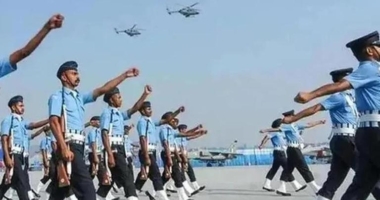CNN
—
“When you attack us, you will see our faces. Not our backs, but our faces.
The words of Ukrainian President Volodymyr Zelensky hours after Vladimir Putin launched his invasion on February 24, 2022.
They were prophetic. Many analysts expected the Ukrainian resistance to crumble within days. But for the past year, the Ukrainian army has faced a much larger force, reversing initial Russian gains in Kharkiv and Kherson, holding the line in the hotly contested Donbass region.
In the process, the Ukrainians inflicted staggering casualties on the Russian army and laid bare the outdated tactics, obsolete leadership and fragile morale of a force more impressive on parade than on the battlefield.
By contrast, Ukrainian units have proven to be nimble and adaptive, harnessing drone technology, decentralized command, and clever operational planning to exploit their enemy’s systemic weaknesses.
And few would have bet that a year after the start of this war, the era Ukrainian Air Force would still be flying.
Perhaps one of the most impressive examples of Ukrainian agility came on the first day of the invasion, when a large assault force of Russian helicopters seized an airfield on the outskirts of the capital Kiev, threatening to turn it into a decisive bridge for the invading force. provide further reinforcements.
The following night, Ukrainian special forces, supported by accurate artillery, entered the base, killed dozens of Russian paratroopers and disabled the runway. The Russian concept of operations, rehearsed so confidently on tables, was collapsing in its first phase.
This action underscored Zelensky’s resolve (“I need ammunition, not a round,” he said as he rejected a U.S. offer to evacuate Kiev), as did the defiance of a small detachment on Snake Island with their vernacular replica of a Russian warship, a gesture that became a national meme within hours.
A month later, the Russian column that trailed along the highways north of kyiv retreated, as did the battalions east of the capital. Moscow described the redeployment as a “goodwill gesture”. But it was the first of many revisions to Russia’s battle plans, exemplified by the regular changes of command and equally regular hand-wringing among military bloggers.
Ukrainian agility was enhanced by infusions of Western hardware, much of it a generation superior to Russian armour. For starters, it was British and American anti-tank weapons and Turkish attack drones that helped halt the Russian push into Kiev by pounding the flanks of exposed columns, ambushing vulnerable spots along their telegraphed approaches.
Later, accurate HIMARS multiple rocket launcher systems, long-range artillery from France, Poland and elsewhere, enabled Ukraine to degrade Russian command posts, ammunition stores and depots. fuel. Real-time intelligence gathering and fusion (supported by NATO) was incorporated, creating a battlefield where Ukrainian units detected targets faster than the heavy Russian force.
Air defense systems have blunted Russian missile and drone barrages and discouraged its air force from conducting missions directly over Ukrainian airspace.
But there has been a regular and costly lag between what Ukrainians badly need and when it is delivered. As one Ukrainian official told CNN this month, “We needed help yesterday and we were promised it tomorrow. The difference between yesterday and tomorrow is the life of our people.
The latest iteration of this gap is the scramble to supply tanks after months of being obscured. Leopard 2s, Challengers and M-1 Abrams have been reserved for Ukraine and are vastly superior to Russian main battle tanks. But the numbers are unclear – ranging from a few dozen to 300 – and even downwind the first will not be on the ground until April, and will then have to be integrated into joint battle groups, ready to fight until April. enemy.
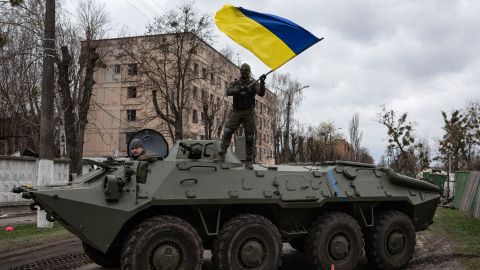
But on this first anniversary of the Russian invasion, Ukraine needs more than main battle tanks. During a two-week tour by a CNN crew of frontline positions, a refrain rang out time and time again: “We need shells.”
A Ukrainian soldier appeared on television last week and said: “We need shells, shells and again shells.
While Ukraine absorbs and trains on Western hardware, it is also trying to wage war with Soviet-era armor, scouring the world for high-caliber ammunition and spares. The “ammunition deficit” is its Achilles’ heel, faced with Russia’s vast reservoir of artillery and rocket systems.
“It is clear that we are in a logistical race,” NATO Secretary General Jens Stoltenberg said last week.
Ukraine’s shopping list to win could be divided into now (shells, more air defenses and longer range missiles and rockets) and next (tanks, Patriot batteries and small diameter bombs launched at the known as GLSDB with a range of nearly 100 miles (160 kilometers) promised by the United States.)
The perennial risk is “not in time”.
One lesson the Russians have learned is to place logistics hubs out of range of strikes, so the timing of deliveries of GLSDBs and longer-range systems promised by the UK to Ukraine is paramount – to defeating the mass with precision.
The Washington-based Foundation for Defense of Democracies expects “the first GLSDBs won’t arrive until this fall, likely missing the widely anticipated Russian and Ukrainian offensives that will determine the future trajectory of the war.”
Beyond the present and the next, Ukrainian officials are frustrated with the never category, which currently includes F-16 fighter jets and US ATACMS (Army Tactical) missiles, with a range of 186 miles (300 kilometers). .
Ukraine’s allies have consistently refused to provide anything that would allow Ukraine to touch Russian territory, a red line duly noted by Moscow.

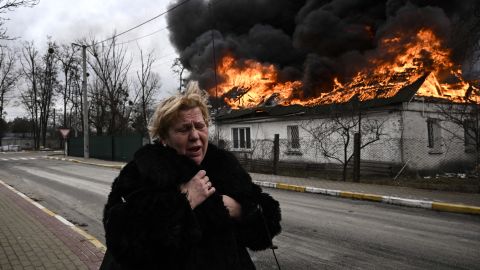
The first year of this conflict has held many surprises, but the next few weeks look likely to bring an even more intense Russian assault at various points along the winding front line from Kharkiv to Zaporizhzhia – to achieve the stated objective of the Kremlin to seize the rest of the Lugansk and Donetsk regions.
Some Western officials expect the Russian air force – largely absent in combat so far – to become a bigger component of the Russian battle plan. “We know Russia has a substantial number of aircraft in its inventory and plenty of capability left,” US Secretary of Defense Lloyd Austin said last week.
As the prelude to the assault begins, the Russian high command may not feel encouraged. Repeated attempts to advance into the Vuhledar region (perhaps a laboratory for the wider campaign) have gone awry.
The very failure to deliver Bakhmut as a victory for the Kremlin before the anniversary is a reminder that the Russians are more capable of inflicting destruction than taking territory. Effective combined arms operations eluded the Russian battalions.
Senior US, UK and Ukrainian officials told CNN they were skeptical. Russia has amassed the manpower and resources needed to make significant gains.
“It’s probably more ambitious than realistic,” a senior US military official said last week, with Russian forces moving before they were ready, due to political pressure from the Kremlin.
Russian Chief of Staff Valery Gerasimov was put directly in charge of the Ukraine campaign last month, prompting Rand analyst Dara Massicot says that the “possibility of the Russians asking their tired force to do something they can’t handle increases exponentially”.
If this long-awaited offensive fails, after the mobilization of 300,000 men, what is the next step for the Kremlin?
If past behavior is the best predictor of future behavior, Putin will double down. Perhaps there will be a second (undeclared) mobilization, an increase in missile attacks aimed at crippling Ukrainian infrastructure, or even efforts to disperse the conflict. The United States has expressed concern over what it sees as Russian efforts to destabilize Moldova on Ukraine’s southern flank, accusations Moscow has dismissed.
The only playbook that has worked for the Russians in this conflict is destroying what’s in front of them, so there’s nothing left to defend. We saw it in Severodonetsk, Lysychansk, Popasna and especially Mariupol.
If Russia took over the part of Donetsk still in Ukrainian hands, it would require the demolition of an area the size of Connecticut. There are already problems with the supply of ammunition to Russian front lines, according to Ukrainian and Western officials.
A successful counterattack by Ukrainian forces, especially with a push south through Zaporizhzhia towards Melitopol, would further raise the stakes for the Kremlin.
In September, Putin warned that “in the event of a threat to the territorial integrity of our country and in defense of Russia and our people, we will certainly use all weapon systems at our disposal. It’s not a bluff. »
Russia considers Melitopol and much of southern Ukraine Russian territory after fake referendums last fall.
But Ukraine will need time to assimilate tanks, combat vehicles and other equipment to break through Russian lines, which are deeper and denser than they were a few months ago.
It’s possible, maybe even likely, that after an outburst of fury this spring, the conflict will settle into a violent stasis, with little ground changing hands amid relentless attrition and numerous casualties.
The Ukrainian national anthem dreams that “Our enemies will disappear, like dew in the sun…”
Not in 2023.
cnn
Don’t miss interesting posts on Famousbio

